New Zealand
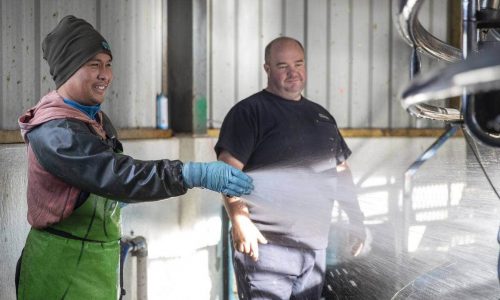
Shortage of workers causing stress for farmers
A shortage of workers is causing concern for the mental health of employers and employees in the farming industry, and one farmer predicts more farmers will take their own lives if the problem is not addressed.
Southland Federated Farmers sharemilker chairman Jason Herrick has written to Agriculture Minister Damien O’Connor, asking him to allow more essential workers into New Zealand.
“I believe if you continue to deny this issue, and fail to give it the urgent attention it demands, you and your fellow MP’s must accept the consequences which I believe will be unnecessary loss of both human and animal lives,’’ he says in his letter.
Read More here…
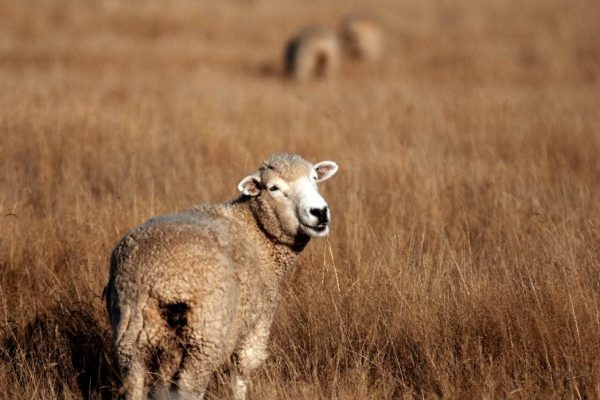
How climate change could slash sheep and beef farm profits
Sheep and beef farmers’ profits could fall by more than half by the end of the century if climate change goes unchecked, new research suggests.
The study, by the Deep South Challenge and Manaaki Whenua Landcare Research, drew on 70,000 tax returns and temperature and soil moisture data, uncovering a clear link between local weather and farm profits.
Future climate change scenarios were then tested to understand how farm profits might be impacted by lower soil moisture and higher temperatures.
Under a scenario with little climate action and high economic growth, sheep and beef farmers could see a profit loss of up to 54 per cent by the end of the century, researchers found.
Read More here…
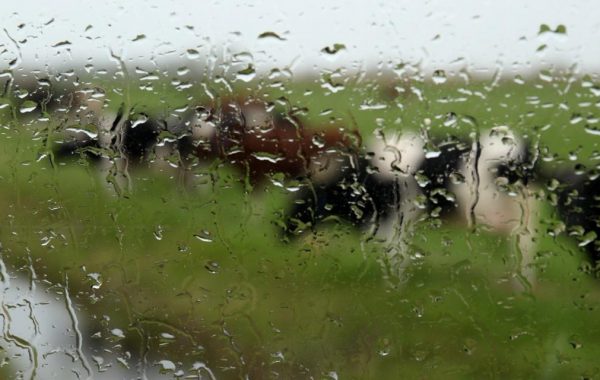
West Coast’s heavy rain a concern for farmers
The notoriously rainy West Coast is receiving even more wet weather than usual this autumn and farmers say it is a bit of a worry.
According to MetService, the region had been blasted with a series of wet fronts throughout the season, with about half of the region’s average monthly rain falling over just four days earlier in May.
West Coast dairy farmer Richard Reynolds said if heavy rain lasted into winter it would create problems with pasture damage, such as pugging.
He said some farmers were drying off their herds and finishing up milking for the season earlier than normal.
Read more here…
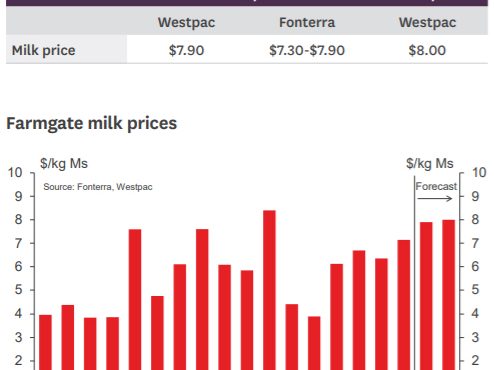
Guy Trafford sees some good early signs for upcoming livestock and dairy season prices.
Meat prices have continued to improve from processors, and it is still relatively early in the low supply months.
There is still considerable distance to match the highs achieved in 2019 (pre-Covid – 19) particularly with lamb prices are slightly ahead of where they were at the same time previously.
Prime beef still has a way to go, but there is movement starting to occur.
The GDT dairy auction prices, while failing to improve, have held similar levels for the last four auctions. This particularly applies to WMP which since the five year high in March (US$4,364) has remained within a $100 variance (US$4,085 -US$4,123). This has provided some of the banks to forecast a price starting with an $8.
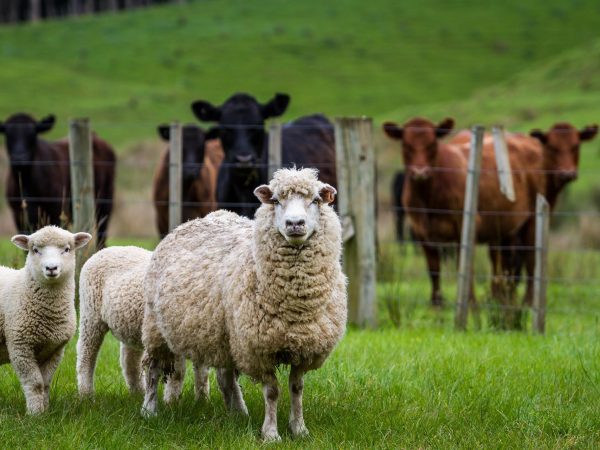
Sales of farms and lifestyle blocks are running well ahead of last year with prices also on the rise
The rural property market continues to gain strength with sales of both farms and lifestyle blocks up strongly compared to a year ago.
The latest rural sales figures from the Real Estate Institute of New Zealand show there were 466 farm sales in the three months to the end of April, up 89% compared to the same period of last year.
In the 12 months to the end of April, 1677 farms were sold throughout the country, up 45% compared to the previous 12 months with most farm types showing a substantial lift in sales.
Sales of dairy farms were particularly strong, up 120% for the year, with dairy support units up 84%, grazing farm sales up 21% and and finishing farm sales up 54%.
Read More here…
Australia
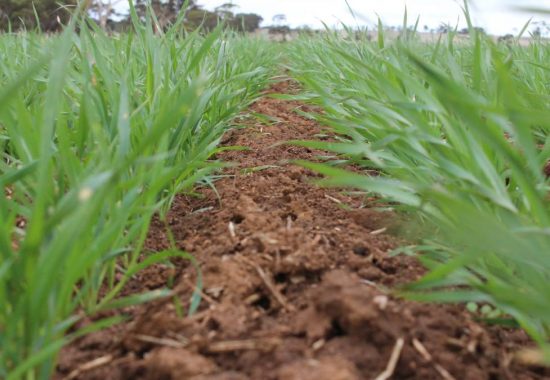
Hyper yielding crops are put to the test
GROWERS from around the country who chose to take part in the Grains Research and Development Corporation’s (GRDC) inaugural hyper yielding crops (HYC) awards initiative are about to find out just how hyper their crops really faired against fellow competitors.
Five seminars are planned to take place in June where winners of the GRDC’s HYC inaugural awards will be announced.
There will be two awards per region – overall highest wheat yield and highest wheat yield based on per cent of yield potential.
To enable a community approach to the HYC concept, the awards program was established in 2020 aiming to enable growers to benchmark the agronomic performance of their crops compared to a regional standard.
Read more here…
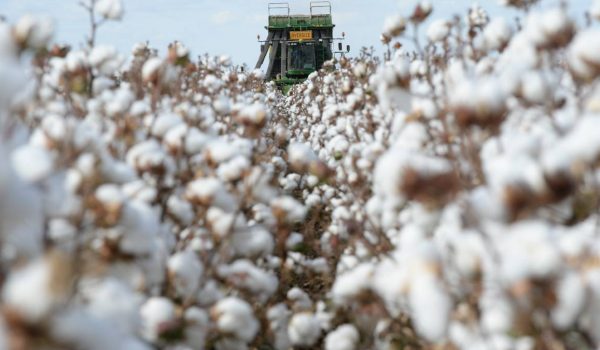
Cotton yields smashed to 37 year lows by drought
THE FULL impact of the horror east coast drought on the cotton sector has recently been borne out in Australian Bureau of Statistics data.
The ABS has released data from the horror 2019-20 season before the drought broke which found total production dropping to its lowest levels in 37 years.
Total Australian production was just 115 million kilograms, a 72 per cent season on season drop from 2018-19 which was also drought impacted.
ABS director of agriculture statistics, Sarah Kiely, said a large part of the drop was a lack of water which in turn led to lower plantings.
Read more here…
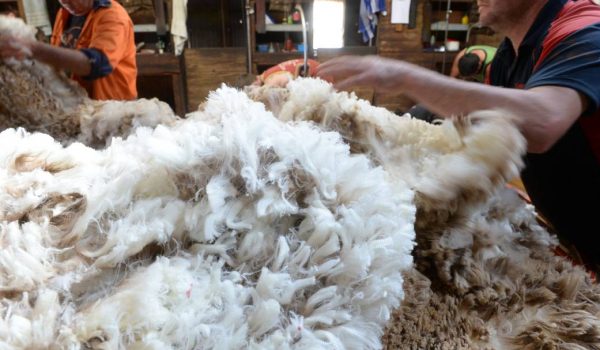
Another global clothing company takes aim at Australian wool
A growing number of global clothing manufacturers are surrendering to intense lobbying from animal welfare groups.
The latest is German sportswear company Puma which has set a 2025 target to stop using Australian wool from mulesed sheep in its products.
The animal welfare organisation Four Paws says the move is the result of its campaign to “ban this cruel practice”.
Puma, and other soccer boot manufacturers are under intense pressure to stop using Australian kangaroo leather as well.
Read more here…
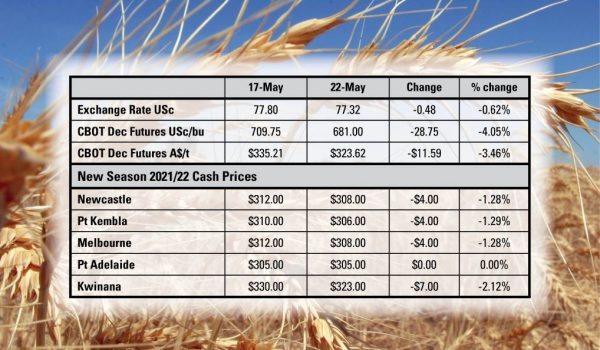
Questions over whether wheat will rebound in June
The May price spike for Chicago Board of Trade wheat futures continued to unwind last week, with end of week prices below the previous price peaks set in January and February.
Based on closing values for the December contract, prices are down A$34.84 per tonne from the peak value of A$358.47, set overnight on May 9.
That was around the timing of the peak in our forward market as well, when prices hit $325 per tonne delivered port outside of Western Australia.
Prices are down $20 per tonne since then, to around $305 per tonne.
Read more here…
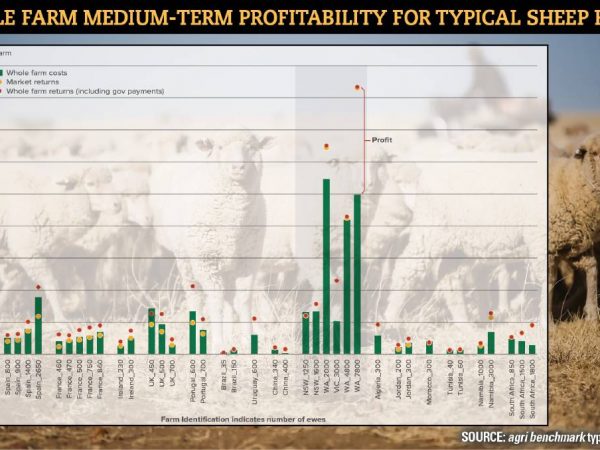
West Australian mixed sheep-cropping farms the most profitable in the world
Compared to international contenders, Australia’s mixed sheep farms are the leaders when it comes to the world’s most profitable farming enterprises.
And Western Australian mixed sheep-cropping enterprises are the most successful in the world.
This is according to the annual agri benchmark report released by Meat and Livestock Australia which said due to strong demand, constrained supply and high prices, Australian sheep farms hold a strong position on the global whole-farm front.
The report, How are global and Australian sheep producers performing, compares costs, productivity and profitability of Australian sheep farms against 16 other countries.
Read more here…
South America
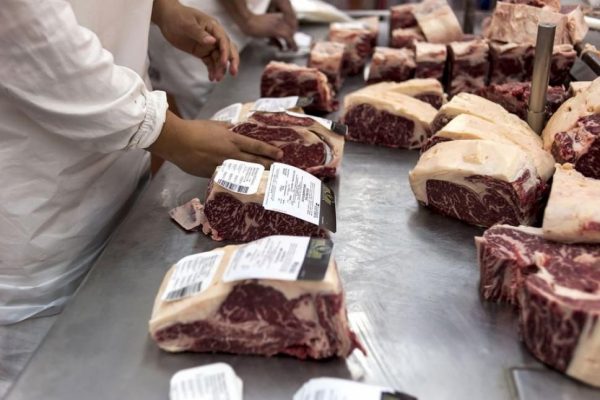
Argentina bans meat exports for 30 days in an attempt to curb inflation
The Argentine government of President Alberto Fernández has announced all meat exports will be banned for the next 30 days in an attempt to slow down inflation as domestic prices went up 20% owing to foreign demand.
Read More here…
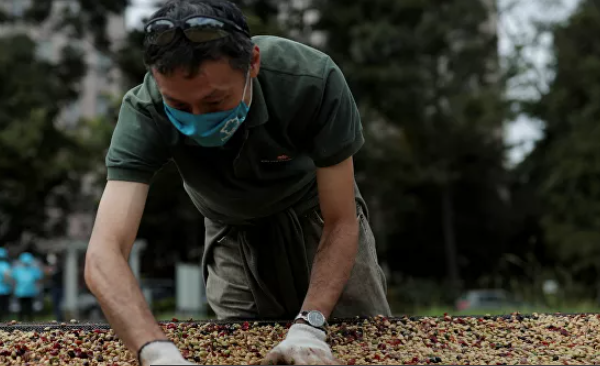
Brazil’s Coffee, Orange, Corn Exports at Risk Amid Worst Drought in Two Decades
As Brazil grapples with the aftermath of record-low rainfall, the country’s water crisis may begin threatening the global supply of products like coffee, corn, and oranges.
Pinheiro’s 53-hectare (131-acre) plantation of arabica-coffee crops received less than half the water necessary in the past season, which runs from November through March.
Some 15% of Brazil’s arabica coffee fields are irrigated, while some 30% of orange crop fields are irrigated, according to the outlet. Despite irrigation, Brazil’s orange crop production has dropped some 31% this year.
Read More here
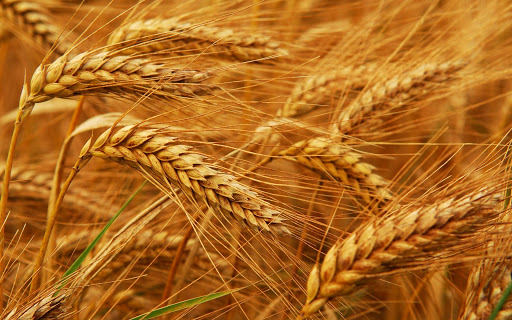
UPDATE 2-ARGENTINA GRAIN EXPORTS HIT BY PORT STRIKE OVER COVID-19 VACCINES
BUENOS AIRES, May 19 (Reuters) – Argentina’s grains exports were bogged down on Wednesday after port workers launched a strike over what they described as a lack of COVID-19 vaccinations among members, the head of the Port and Maritime Activities chamber told Reuters by telephone.
Food Updates

Flavours of tomorrow: What’s trending for 2021?
Chris Whiting from Synergy Flavours highlights the key drivers behind future flavour trends and what to look out for this year.
The food industry is heavily influenced by a range of sources – travel, social media, global events, culture, celebrities, the list goes on. Trend-tracking technology and processes are important for identifying trends as they emerge, but how can manufacturers work to stay several steps ahead of consumers to predict what they might want next?
Synergy Flavours conducts extensive research every year to predict the rising stars in flavours. Consumer buying habits, bloggers, food writers and futurologists have all helped to inform research, which is also benchmarked with real data from product launches and global search trends. Here, we explain the influences that drive future flavour trends and look at the trends set to take the top spot in 2021.
Read more here…
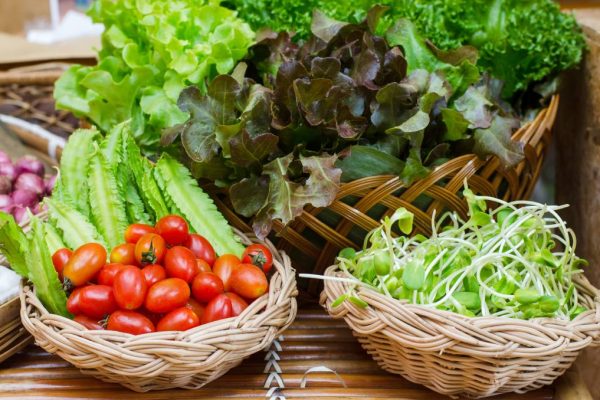
Eat more veg while you wait for the jab
Fresh food, including nuts along with fruits and vegetables, are our first and best medicines but a conversation about our eating habits has been strangely absent as we navigate our way through the current pandemic.
Read more here…
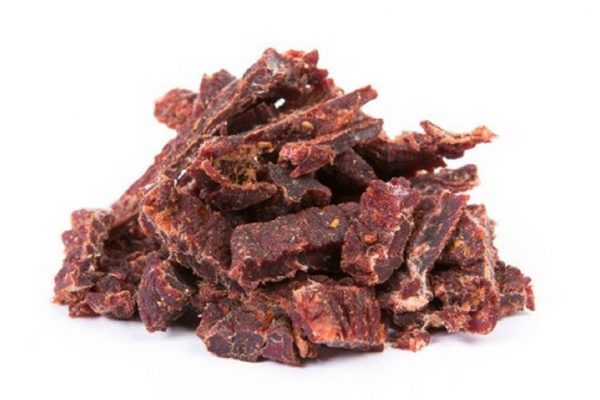
The popularity of meat snacks is now cut and dried
Beef jerky has become a surprise winner in Australia’s growing obsession with snack foods.
More than half of all Australian adults now admit to snacking much more than they used to – most blaming pandemic lockdowns.
But tired of ‘unhealthy’ chips and lollies they have turned to healthier options and have become hooked on low-fat protein-packed jerky.
Once only the darling of roadside stalls or farmers’ markets, Australia’s love affair with dried meat has seen jerky push aside the competitors in the major supermarkets.
Many people have even turned to using their ovens at home to cook up their own jerky, or even air drying their slice meat.
Read more here…
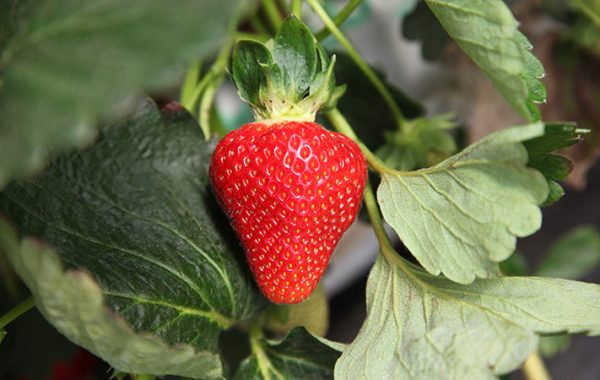
Late strawberry season means bigger and juicier berries
British strawberry season officially kicks off today, with a later than usual start leading to bigger and juicier strawberries for UK consumers than they might normally find.
Today marks the official start of the British strawberry season, when supermarkets across the UK are fully stocked with the popular red berry so synonymous with the Great British summer.
The British strawberry season has started later this year after a cooler winter and spring have helped strawberry flowering and ripening to occur a little more gradually. That means Brits can enjoy larger, juicier, but just as tasty British strawberries this year.
Read more here…
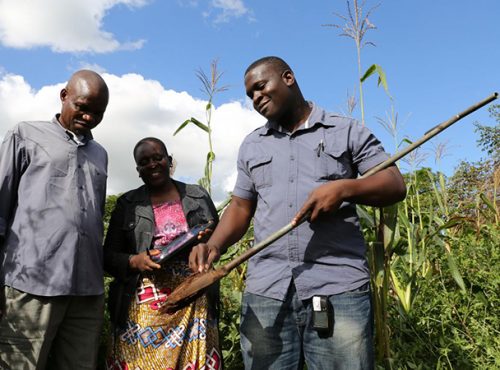
The “postcode lottery” of micronutrients in crops
Read more here…


